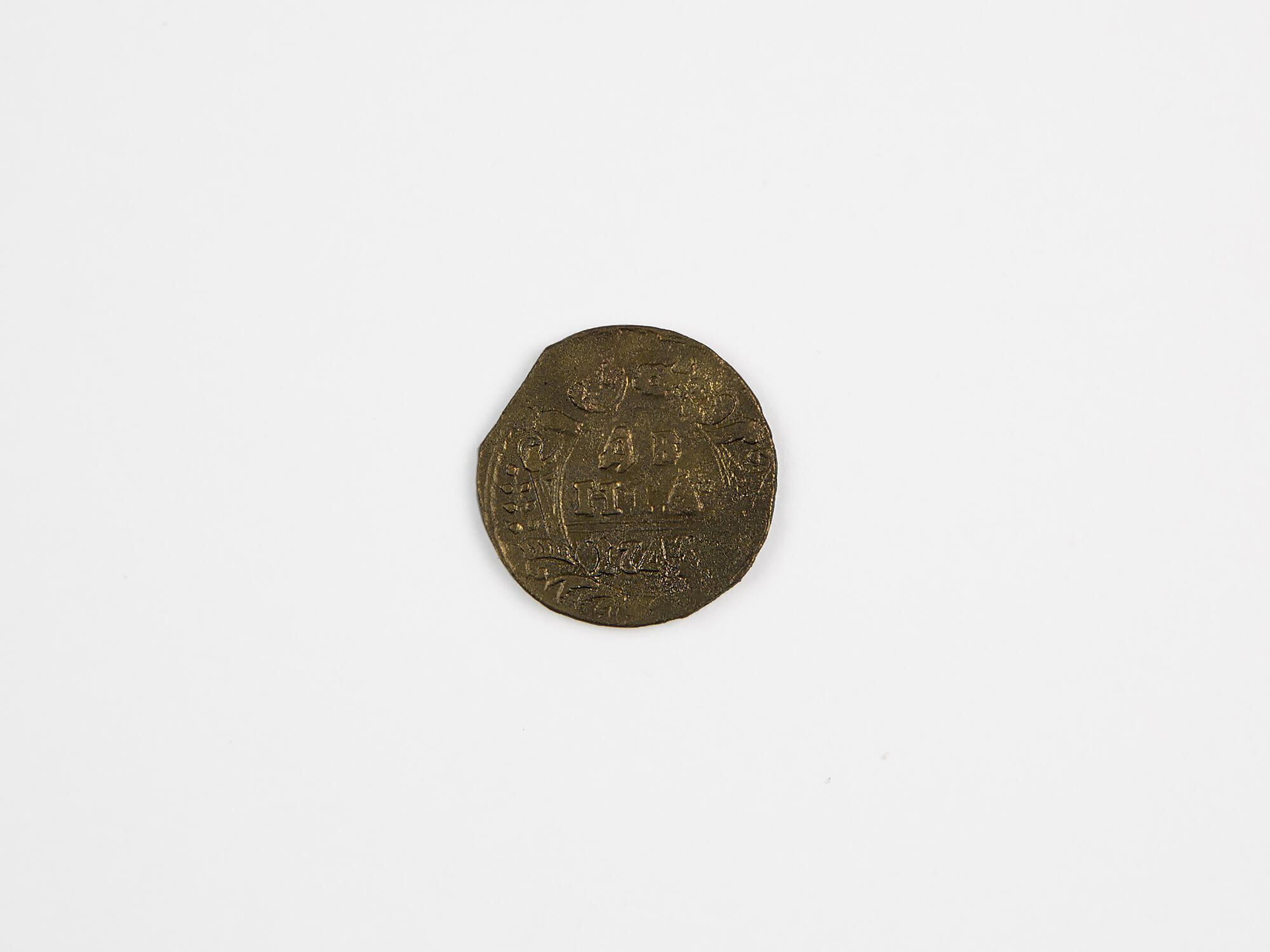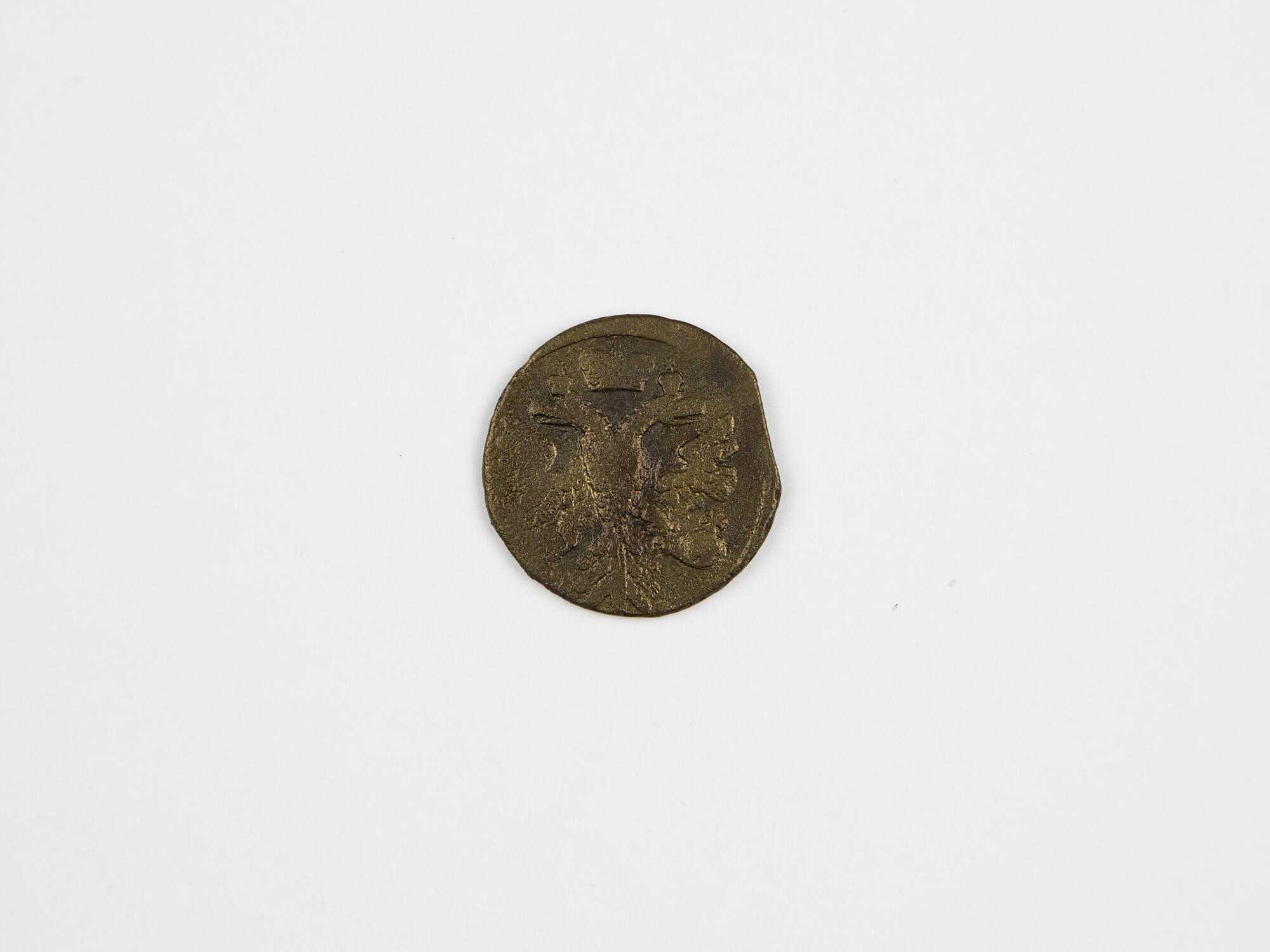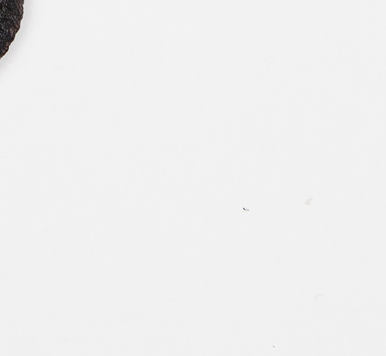The numismatic collection of the Historical and Memorial Museum of the Demidovs presents a “denga” coin, introduced into circulation in Russia in 1731.
Denga (from the Turkic word täŋkä meaning “coin”) was the collective name of Old Russian silver coins minted from the second half of the 14th century in Moscow, Novgorod, Ryazan, Tver and other centers of coin production (synonyms — “kuny”, “cheshuyki”).
The denga was initially a silver coin issued in the 14th century in the Grand Duchy of Moscow, and from the beginning of the 15th century it spread to other principalities and republics. 200 coins could be minted from one lesser silver grivna (204 grams) which constituted one Moscow ruble (at that time, the ruble did not exist as a separate coin). During this period, the denga was the main monetary unit of many principalities. There were coins smaller than a denga: a polushka (half-denga) and a chetvertsa (quarter-denga). Over time, the weight requirements for the denga in different principalities changed. For example, in the 16th century, the Novgorod denga was twice as heavy as the Moscow one.
As the Russian state became more centralized, unifying regional coinage became paramount, and led to a 1535 reform carried out by Elena Glinskaya, which, in general, completed the centralization and unification of the state monetary system. After the reform, there was the Novgorod denga also known as the Novgorodka, kopeynaya denga (in Russian “kopyo” means spear and the coin depicted a horseman with a spear), and kopeck — one hundredth of a ruble; and the Moscow denga also known as the Moskovka, saber-coin (depicting a horseman with a saber), and denga, or one two-hundredth of a ruble. In the 16th–17th centuries, it was agreed that the “kopeck” became one-hundredth of a ruble, and the “denga” — one two-hundredth of a ruble all over the state. This reform introduced a standardized exchange rate of the Moscow denga and the Novgorod denga — one Novgorod denga was equal to two Moscow dengas. One grivna of silver yielded 300 Novgorod denga coins (with an average weight of 0.68 grams) or 600 Moscow denga coins (with an average weight of 0.34 grams). The Moscow ruble was equal to 100 Novgorod dengas. Subsequently, due to constant gradual lowering of the precious metal contents in coins, a more weighty kopeck replaced the denga, making the latter a secondary denomination.
This situation was further reinforced by the monetary reform of Peter the Great, which introduced a copper kopeck into circulation, and the denga became worth half a kopeck. Such a system existed until the fall of the Russian Empire in 1917.



